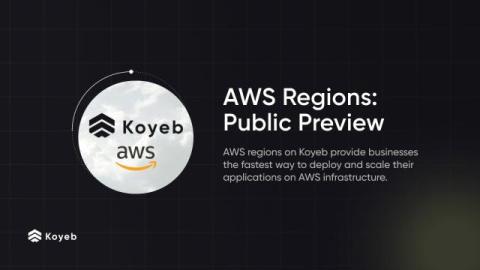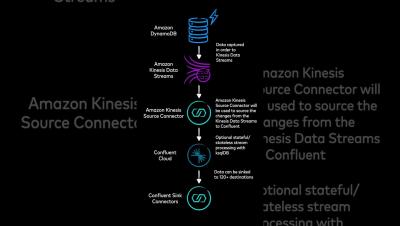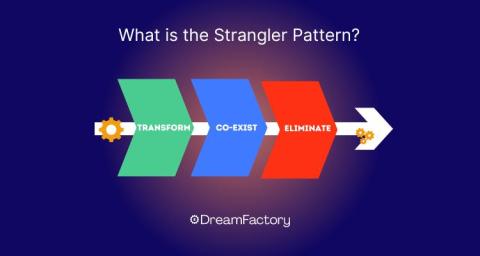AWS Regions Public Preview: Deploy on AWS in Minutes
Today, we are thrilled to announce the public preview of AWS Regions on Koyeb! During last launch week, we introduced the private preview of AWS Regions. We announced our first region, the famous, us-east-1 (N. Virginia) region, and started onboarding our first users. What’s new with this public preview? In addition to the us-east-1 location now being available to everyone on the platform, you can now deploy to this region via the control panel and the CLI!











